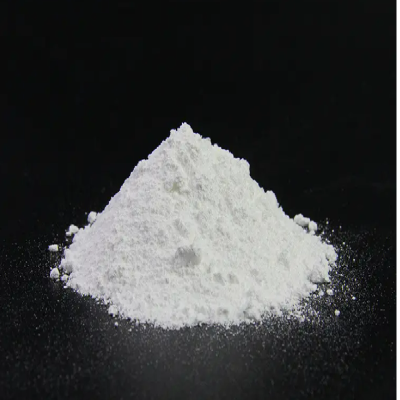1. Environmental and Regulatory Challenges
- Stringent Environmental Regulations: The Asia-Pacific region is subject to increasingly strict environmental regulations governing the use of chemical pesticides and herbicides. For example, the United Nations Environment Programme (UNEP) and regional authorities impose strict guidelines on permissible levels of toxic residues and environmental contamination. In Thailand, the Ministry of Ecology and Environment has set strict limits on chemical residues in water bodies.
- Regulatory Harmonization: There is a lack of harmonization in pesticide registration across Asia. Differences in regulatory landscapes make it challenging for companies to seek registration. For example, the registration process in Thailand can take 2-2.5 years, and biopesticides are regulated by the same systems originally designed for conventional pesticides.
2. Market and Consumer Dynamics
- Consumer Preference for Organic Produce: There is a growing consumer preference for organic produce, which discourages the use of synthetic crop protection chemicals. This trend is particularly evident in countries like Japan and South Korea, where large-scale operations dominate.
- Market Restraints: The rapid expansion of pesticide trade in terms of total volume, number of products, and number of selling points is combined with weak regulatory and enforcement capacity. For example, in Cambodia, there has been a ten-fold increase in the use of pesticides and agrochemicals, with no significant change in the agricultural land area.
3. Technological and Adoption Challenges
- Resistance to New Technologies: Traditional farmers, particularly in rural areas of Southeast Asia, are resistant to adopting new technologies. This reluctance is exacerbated by cultural and regional disparities.
- Pesticide Misuse: Pesticide misuse is a common problem in Southeast Asia. For example, in Thailand, over 20,000 pesticide formulations are sold, with some single-ingredient pesticides having up to 300 different trade names. This makes it difficult to control the use of active ingredients and collect accurate data on pesticide use.
4. Health and Safety Concerns
- Pesticide Residues: High levels of pesticide residues in food and water are a significant concern. For example, testing of fresh fruit and vegetables in local markets in Thailand found measurable residue levels of 24 pesticides that are not registered for importation.
- Health Impacts: There is a need for more research on the health impacts of pesticide residues. For example, studies should examine the levels associated with neurodevelopmental delays in children and compare different health outcomes.
5. Economic and Trade Implications
- Trade Constraints: Asian trade is significantly constrained by rejections at the global market due to food safety issues, including excess maximum residue limits (MRLs) for permitted pesticides and the presence of prohibited pesticides.
- Cost of Compliance: The cost of compliance with international standards is high. For example, the average time required to secure regulatory approval for new formulations can exceed five years, accompanied by substantial R&D expenditures.
Conclusion
The Asian agrochemical supplier faces significant challenges related to environmental regulations, consumer preferences, technological adoption, health and safety concerns, and economic implications. Addressing these challenges requires a multi-faceted approach, including regulatory harmonization, increased adoption of biopesticides, and improved monitoring and enforcement mechanisms.
